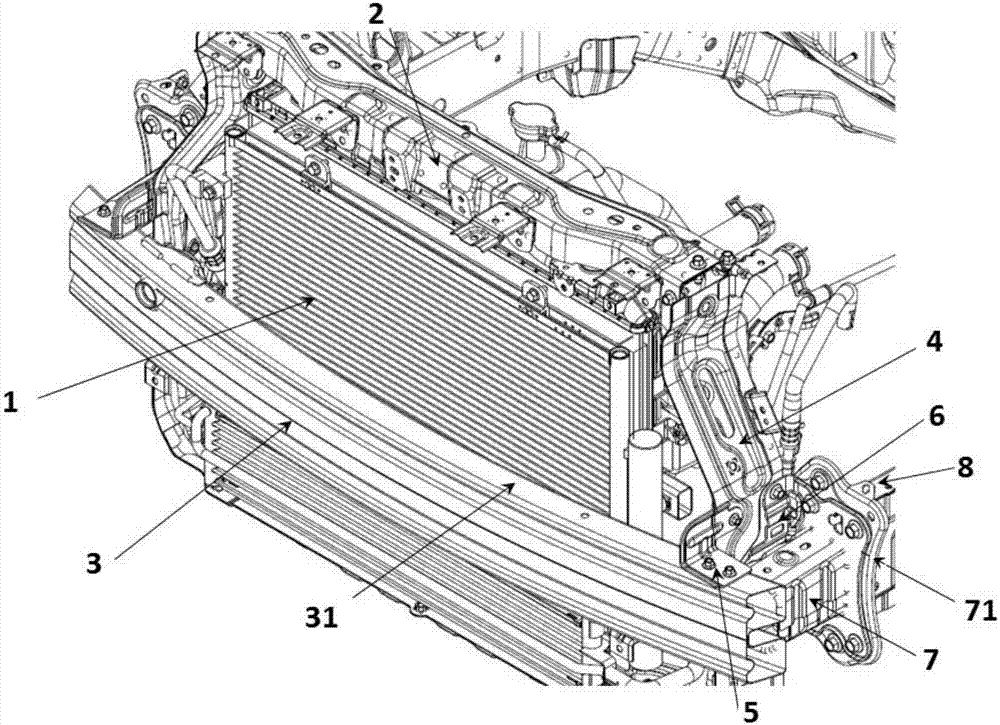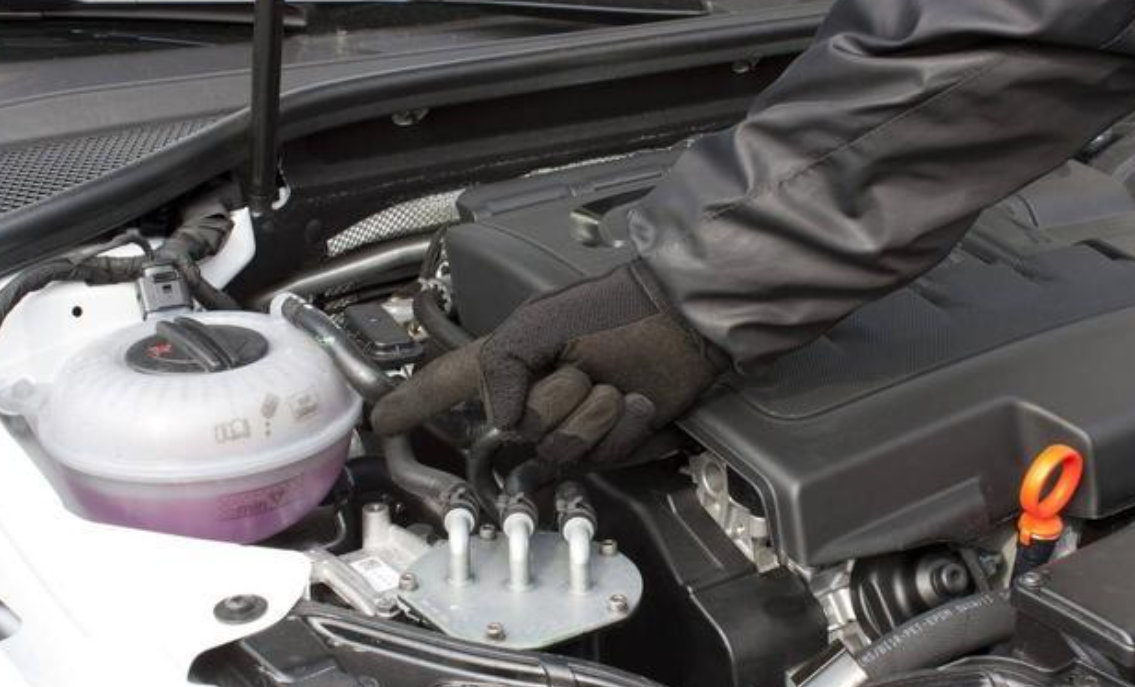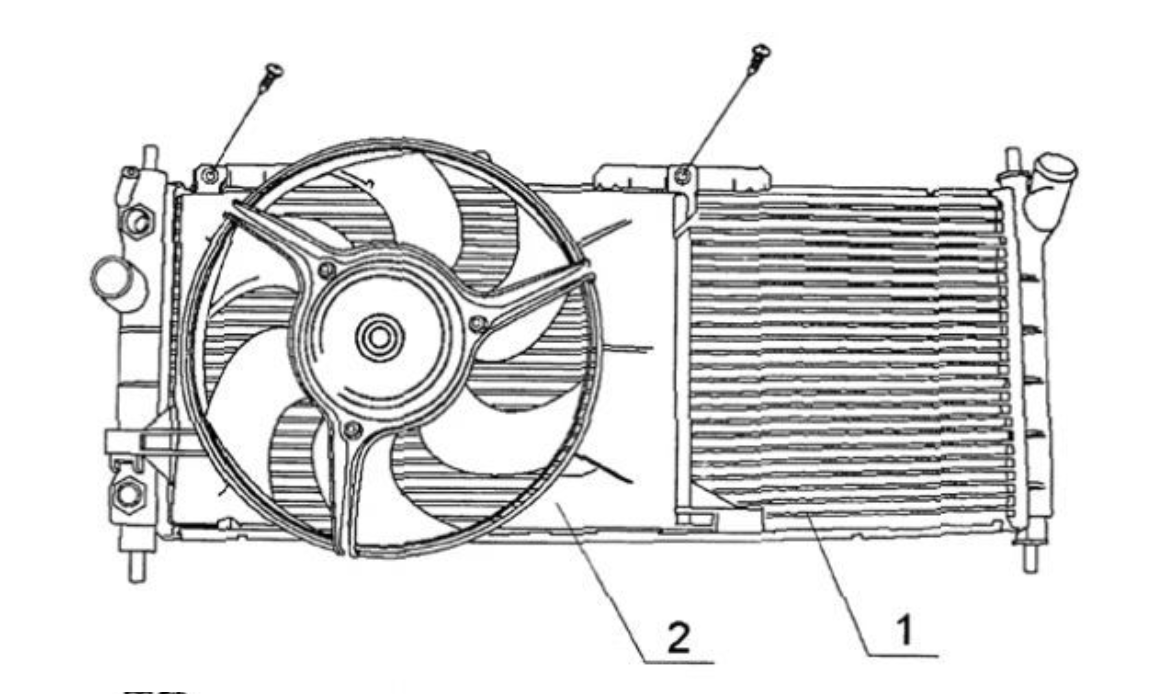The introduction and maintenance of automobile radiator
Release Time:2024-04-07
The coolant flows inside the radiator core, and the air passes outside the radiator core. The hot coolant cools because it dissipates heat to the air, and the cold air heats up because it absorbs the heat emitted by the coolant, so the radiator is a heat exchanger.

1, the radiator should not be in contact with any acid, alkali or other corrosive properties.
2, it is recommended that the use of soft and hard water should be softened before use, to avoid causing internal blockage of the radiator and the generation of scale.
3, in the use of antifreeze, in order to avoid the corrosion of the radiator, please be sure to use a regular manufacturer and meet the national standards of long-term anti-rust antifreeze.
4, in the process of installing the heat sink, please do not damage the heat sink (sheet) and damage the heat sink, to ensure the heat dissipation capacity and sealing.
5. When the radiator is completely drained and then injected with water, the water switch of the engine block should be turned on first, and when there is water flowing out, it should be closed again to avoid blisters.
6, in daily use should always check the water level, to shut down after cooling water. When adding water, the water tank cover should be slowly opened, and the operator's body should be as far away from the water inlet as possible to prevent burns caused by the ejecting of high pressure steam oil.
7, in the winter to prevent icing caused by the core rupture phenomenon, such as long-term parking or indirect parking, should be the water tank cover and drain switch, the water all out.
8. The effective environment of the spare radiator should be kept ventilated and dry.
9, depending on the actual situation, the user should completely clean the core of the radiator within 1 to 3 months. When cleaning, rinse with clean water along the reverse inlet wind side.
10, the water level meter should be cleaned once every 3 months or depending on the actual situation, the components are removed with warm water and non-corrosive detergent cleaning.
Car radiators are generally divided into water cooling and air cooling. The heat dissipation of air-cooled engines relies on the circulation of air to take away heat to achieve the effect of heat dissipation. The outside of the cylinder block of the air-cooled engine is designed and manufactured into a dense sheet structure, thereby increasing the heat dissipation area to meet the heat dissipation requirements of the engine. Compared with the most used water-cooled engine, the air-cooled engine has the advantages of light weight and easy maintenance.
Water cooling is the radiator radiator is responsible for cooling the coolant with the high temperature of the engine; The task of the pump is to circulate the coolant throughout the cooling system; The operation of the fan uses the ambient temperature to blow directly to the radiator, so that the high-temperature coolant in the radiator is cooled; A state storage tank that controls the circulation of the coolant is used to store the coolant.
When the vehicle is driving, dust, leaves, and debris are easy to accumulate on the surface of the radiator, blocking the cooling blade and causing the performance of the radiator to decline. In this case, we can use a brush to clean up, or we can use a high-pressure air pump to blow away the debris on the radiator.
Keywords:radiator,Clean the radiator,auto radiator
CATEGORY
Related News
Related News






